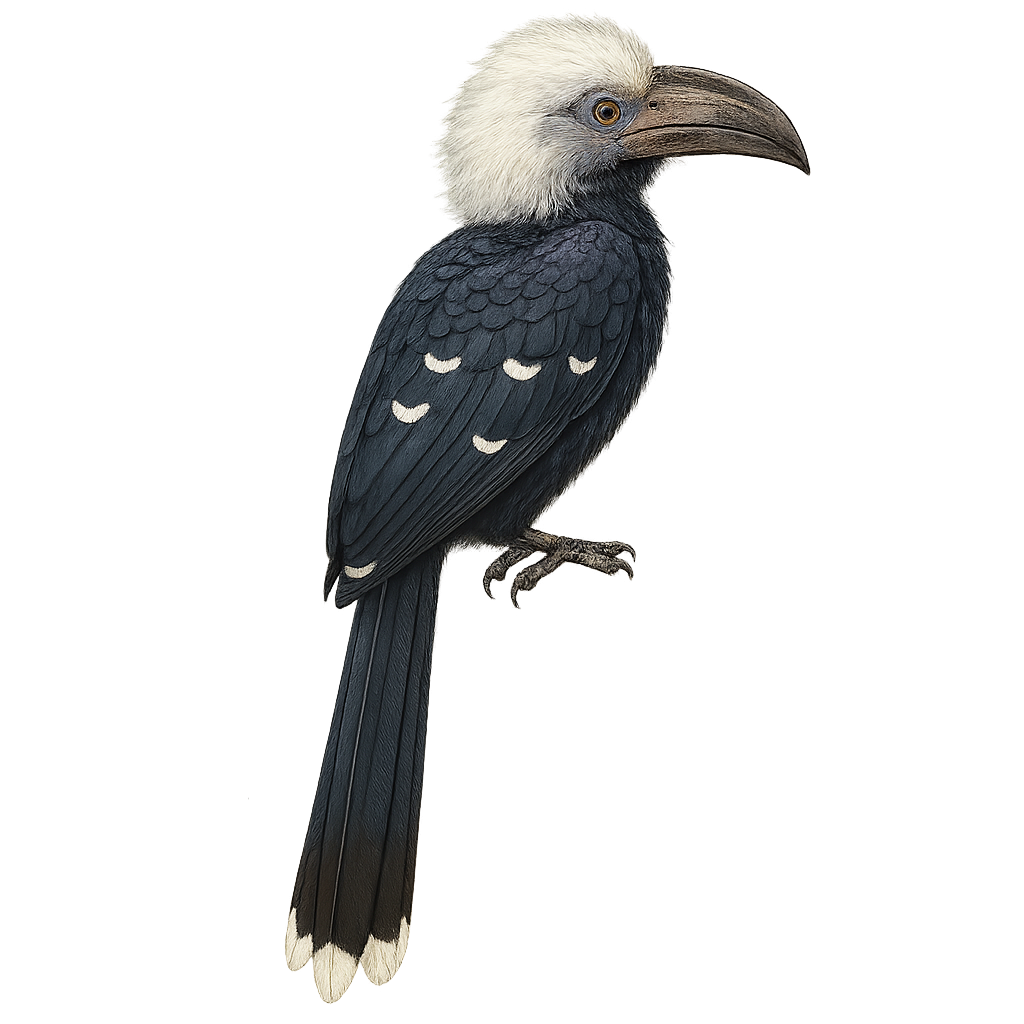Your wildlife photography guide.
Explore the cassin's hornbill in detail, study its behavior, prepare your shots.
Where to observe and photograph the cassin's hornbill in the wild
Learn where and when to spot the cassin's hornbill in the wild, how to identify the species based on distinctive features, and what natural environments it inhabits. The WildlifePhotographer app offers tailored photography tips that reflect the cassin's hornbill’s behavior, helping you capture better wildlife images. Explore the full species profile for key information including description, habitat, active periods, and approach techniques.
Cassin's Hornbill
Scientific name: Horizocerus cassini

IUCN Status: Least Concern
Family: BUCEROTIDAE
Group: Birds
Sensitivity to human approach: Suspicious
Minimum approach distance: 10 m
Courtship display: March to April
Incubation: 23-25 jours
Hatchings: March to May
Habitat:
Tropical rainforests, secondary forests, wooded areas
Activity period :
Primarily active during the day, with peak activity in the morning and late afternoon.
Identification and description:
The Cassin's Hornbill is a fascinating bird belonging to the Bucerotidae family. It is distinguished by its black and white plumage, large bill, and distinctive crest. This bird is primarily arboreal, living in the humid tropical forests of Central Africa. It mainly feeds on fruits, but also insects and small animals. Known for its loud vocalizations and social behavior, it is often observed in small groups. Although relatively common in its natural habitat, deforestation poses a threat to its population. Its ability to adapt to different forest environments allows it to survive despite environmental pressures.
Recommended lens:
400mm – adjust based on distance, desired framing (portrait or habitat), and approach conditions.
Photography tips:
To photograph the Cassin's Hornbill, it is advisable to use a telephoto lens of 400mm or more to capture detailed images from a distance. Look for areas where these birds are active, such as tropical rainforests. Be patient and discreet to avoid scaring them away. The best times to observe them are early in the morning or late in the afternoon when their activity is at its peak. Take advantage of natural light to highlight their distinctive plumage and social behavior.
The WildlifePhotographer App is coming soon!
Be the first to explore the best nature spots, track rutting seasons, log your observations, and observe more wildlife.
Already 1 432 wildlife lovers subscribed worldwide

